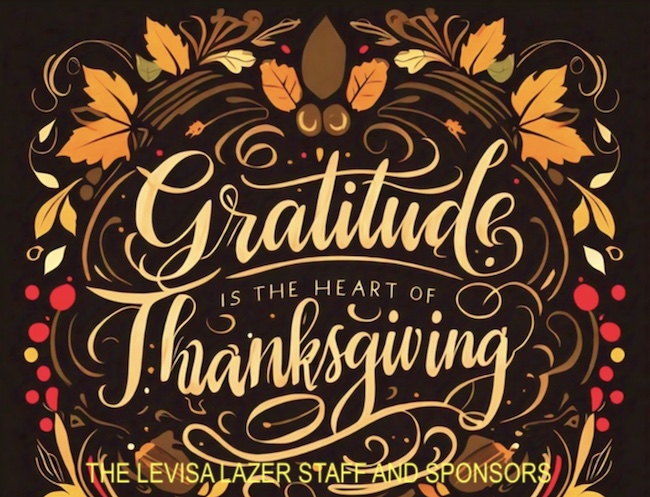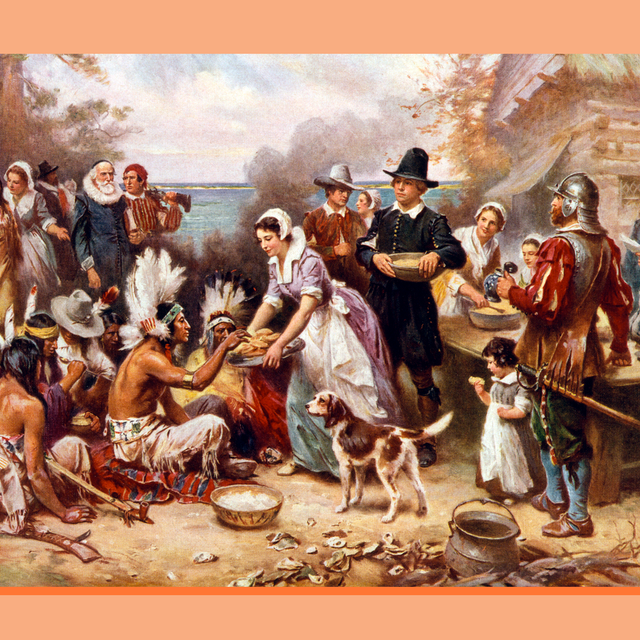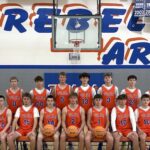HAPPY THANKSGIVING 2024!

The True Story Behind the First Thanksgiving
For the Pilgrims and Native Americans, it wasn’t all peace and harmony.

Ah, Thanksgiving: Time to dive face-first into mountains of mashed potatoes, count our blessings and if we’re feeling really ambitious, get up a friendly game of toss the pigskin with the cousins (or watch our favorite team do the same). But before we all descend into food comas, it’s important to reflect on the real history of Thanksgiving — and the first one wasn’t all peace, love and pass the gravy. While the settlers at Plymouth and their allies from the Wampanoag tribe really did get together in 1621 for a table-groaning, three-day feast to celebrate the settlers’ first harvest, that’s far from the whole story.
In elementary school, most of us probably learned that English religious exiles began establishing civilization in what they called “the new world,” winning over the local Indigenous people already living there with promises of friendship. Then, the Native Americans taught the new arrivals how to grow crops to sustain their growing society and everybody lived happily ever after. Well, not quite. The real story is far more complicated, not to mention a lot less kid-friendly.
In reality, the peace that brought the Wampanoag and the settlers together at that historic table wasn’t as easy to come by as we’d like to believe. A lot of bloodshed took place both before and after that first feast, and mistreatment of Native Americans continues to this day. That’s why many Native Americans and others mark Thanksgiving as a solemn day of remembrance instead of celebration.
At least 100 people came to dinner
The group likely played marksmanship games and ran footraces in between dining on venison, geese, turkey and other fowl. The festivities lasted three days, since it took the Wampanoag a solid two to walk there. So yes, overnight holiday guests are deeply rooted in Thanksgiving tradition.
The Wampanoag leader brokered peace
A Wampanoag leader named Massasoit first negotiated a treaty between the Plymouth settlers and the Wampanoag tribe in 1620, which included an agreement that no member of either group would harm anyone from the other. They also pledged to leave their weapons at home when trading, to further ensure peaceful commerce. For about 10 years, Massasoit and the Pilgrims remained allies, trading English goods for Wampanoag land, access to natural resources and other assets.
But after Massasoit passed away in 1661 and his son Wamsutta took over, tensions began to simmer. In the years between 1630–1642 alone, about 25,000 European colonizers arrived, while a devastating plague decimated the Native population by more than half. Wamsutta himself died mysteriously in 1662 while visiting the Puritans to talk over gathering unrest between the two groups, Atlas Obscura reports. His successor, Metacomet, only fanned the flames.
Violating a treaty led to bloodshed
In 1675, three Natives were executed after killing a man who had served as a translator to the settlers, which only further engendered distrust between the two groups. Metacomet feared the Natives would lose more land to the new arrivals, and built a coalition of various Native tribes to protect themselves and their resources. By the autumn of 1675, the coalition members began to clash with settlers, attacking settlements in Connecticut and Massachusetts.
The Narragansett tribe originally wanted to remain neutral, but wouldn’t give up Wampanoag, who had taken refuge in their encampment, or turn away women, children and the elderly or infirm from that tribe who came to them seeking shelter from the conflict. As a result, the Puritans attacked the Narragansett stronghold, killing up to 600 Natives and about 150 settlers in the bloody battle and its aftermath.
The conflict further devastated Native populations
What was later known as King Philip’s War ensued, so named after Metacomet’s English moniker. The subsequent conflicts deeply impacted both the Native tribes and the colonies. Wampanoag abducted settlers and held them ransom, while settlers pillaged and destroyed Native villages. Much of the colonies were burned and looted, taking decades to fully recover.
An article in The Historical Journal of Massachusetts says the war could have claimed as many as 30% of the English population and half of the Native Americans then living in what’s now New England. The war officially ended when Metacomet was killed, beheaded and dismembered, according to It Happened in Rhode Island. His remaining allies were executed or sold into slavery in the West Indies. The colonists impaled “King Phillip’s” head on a spike and displayed it in Plymouth for 25 years, as a macabre effigy to the strife.
Native people never really recovered
Of course, King Phillip’s War wasn’t the last, — or only — conflict between Native peoples and the colonizers. Other battles raged in Virginia, Connecticut, New York and elsewhere and the Native American population has never really recovered. For the thriving societies that were already living in what’s now the United States when the Europeans arrived, the settlers’ arrival wasn’t the beginning of a new world, but the end of one.















